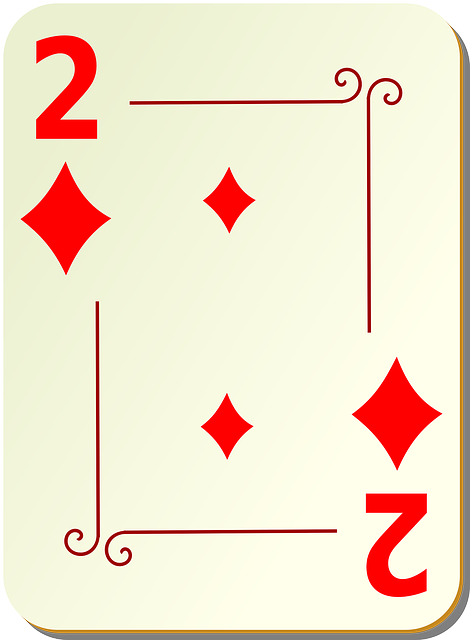Texas Hold'em, one of the most popular Poker Games, combines strategic decision-making with elements of luck. Players receive two private cards and bet based on the best hand formed using these and five community cards revealed in three stages. Its global appeal stems from simple rules, dynamic gameplay, and strategic elements like position play, odds understanding, bluffing, and hand reading, fostering a diverse gaming environment.
Texas Hold’em, one of the most popular poker games globally, captivates players with its blend of strategy, skill, and chance. This classic game involves two cards dealt face-down to each player, combined with five community cards shared among all, creating unique combinations. In this article, we’ll explore the fundamentals, delve into the rules, uncover gameplay strategies, and discover popular variations of Texas Hold’em, providing an insightful guide for both novices and seasoned poker enthusiasts alike in the realm of poker games.
What is Texas Hold'em?

Texas Hold’em is one of the most popular and iconic poker games worldwide, attracting both casual players and seasoned pros. It’s a community-style game where each player receives two private cards, known as hole cards, while a further five community cards are laid face up on the table in three stages: the flop, turn, and river. The objective is to create the best possible hand using any combination of these seven cards.
This dynamic game requires a blend of strategy, bluffing, and skill. Players must carefully consider their hand strength, predict opponents’ moves, and make informed decisions based on probability and pot odds. Texas Hold’em’s global appeal lies in its balance between luck and calculated risk-taking, making it a staple in poker tournaments and casual games alike.
Rules and Gameplay Overview

Texas Hold’em is a popular variation of poker games, offering an engaging blend of strategy and luck. The game begins with each player receiving two private cards, known as hole cards. Subsequently, five community cards are dealt face-up in three stages: the flop (the first three community cards), the turn (the fourth), and the river (the fifth). Players aim to create the best possible hand using any combination of their hole cards and the community cards.
Betting rounds take place after each deal, allowing players to check, bet, raise, or fold. The player with the highest-ranked hand at the end wins the round and collects the pot. Texas Hold’em’s simplicity and dynamic gameplay have contributed to its status as a staple in poker games worldwide.
Strategies and Popular Variations

Texas Hold’em is a dynamic poker game that offers a range of strategic possibilities, attracting players worldwide. One key aspect of its appeal lies in the numerous variations that have emerged, each with its own unique twist and ruleset. From Omaha to Seven-Card Stud, these variants provide diverse gameplay experiences within the broader Poker Games universe.
Popular strategies often involve position play, where early actions give an edge, and understanding odds and pot-odds are crucial. Players may also employ bluffing techniques, betting patterns, and hand reading skills to gain an advantage. With endless combinations and rulesets, Texas Hold’em and its variations cater to players of all levels, ensuring a rich and ever-evolving gaming environment.
Texas Hold’em, as one of the most popular poker games globally, offers a captivating blend of strategy, skill, and chance. Understanding the basic rules and exploring various strategies can significantly enhance your gameplay experience. Whether you’re a novice or an experienced player, delving into the world of Texas Hold’em promises exciting challenges and opportunities to refine your skills within this classic poker game.






